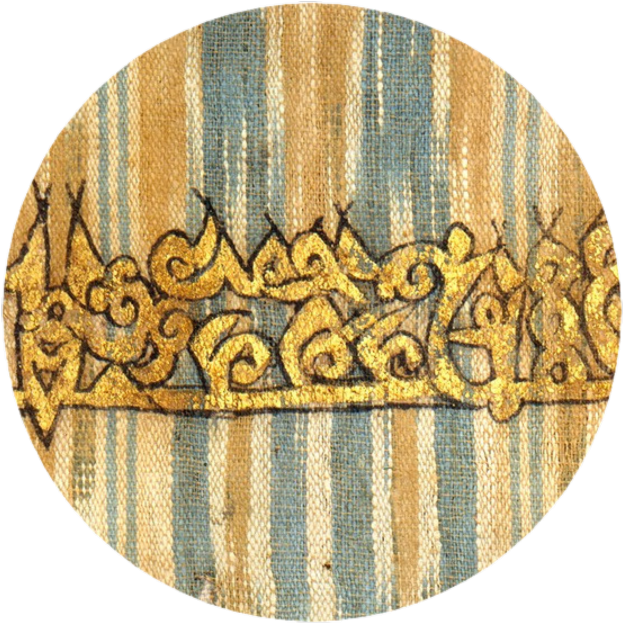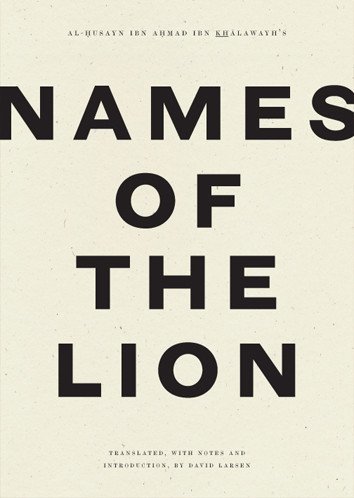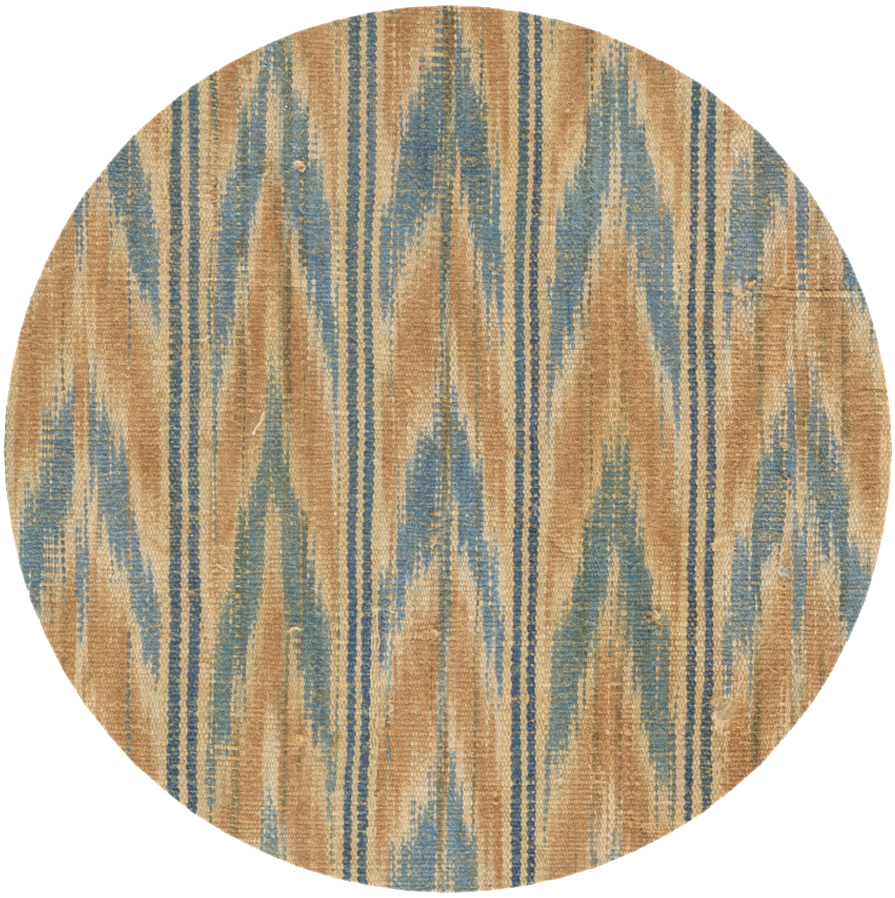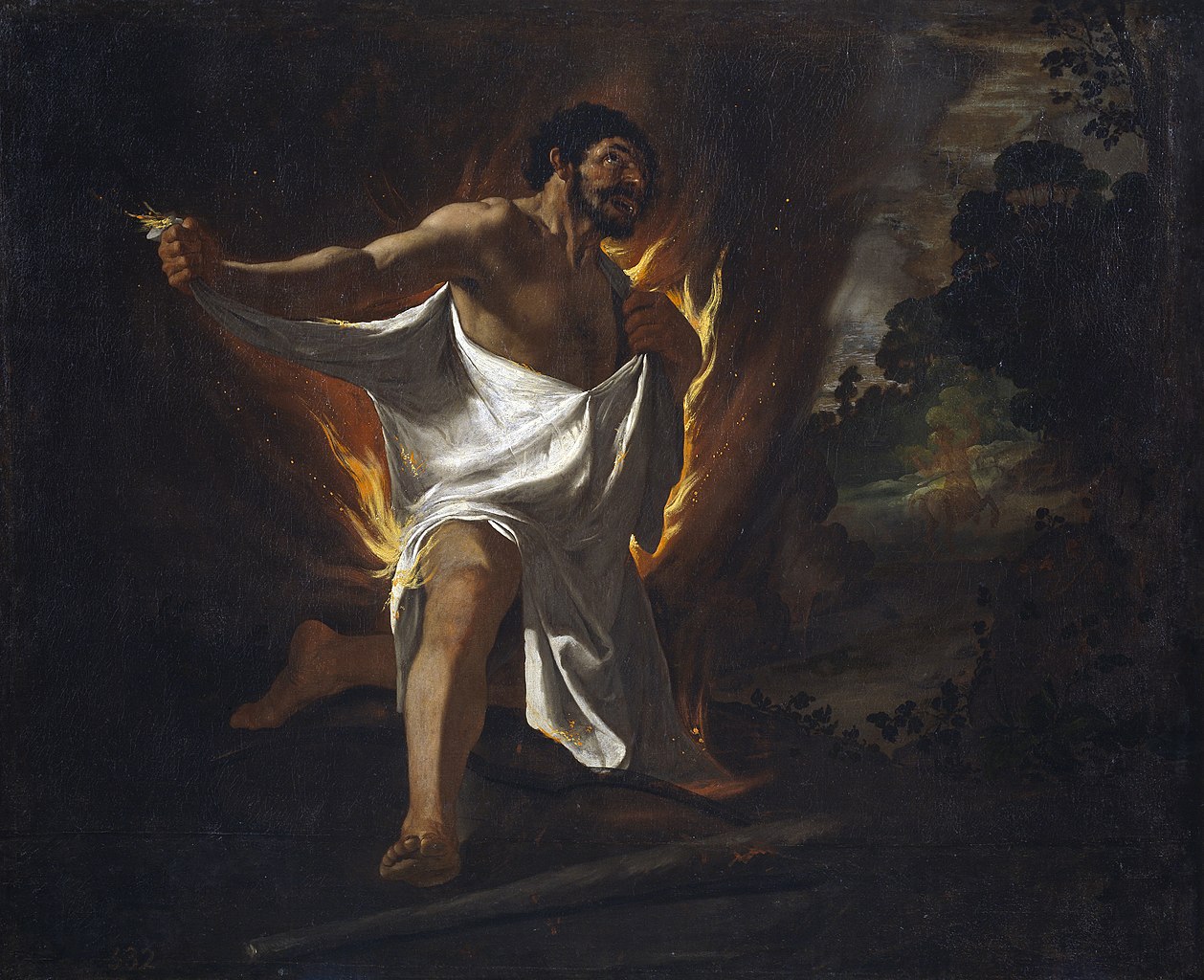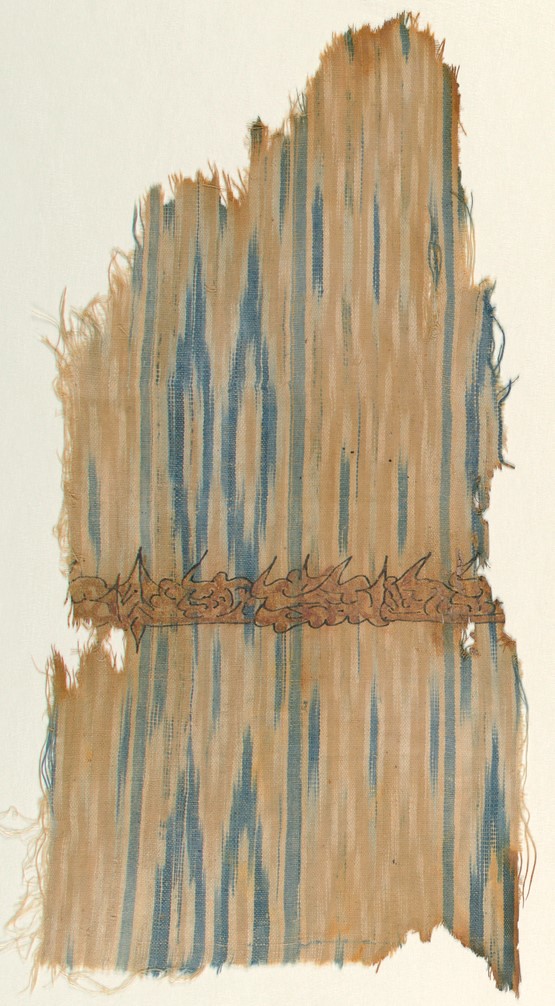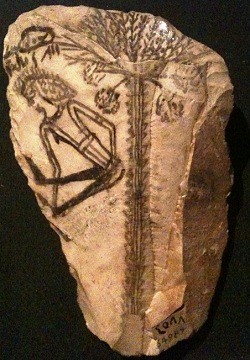The Poison Shirt
Anyone who reads Women's Work: The First 20,000 Years by Elizabeth Wayland Barber will be struck by chapter 10's surmise that the deadly poison robes of Greek mythology had a basis in chemical fact. Tetraarsenic tetrasulfide is a soft red mineral called realgar (> Arabic rahj al-ghār "powder of the mine," being the sandarakē of the ancient Greeks), which like other compounds of arsenic would be excellent dyestuff if it weren't lethal to the touch. Not right away (as in the story of Medea's rampage at Corinth), but over time: Barber estimates it would take a month of wearing realgar next to the skin to kill a person, and this might be reflected in the protracted throes of Heracles, which went on long enough for him to avenge himself while still alive.
Francisco de Zurbarán, The Death of Hercules (1634)
Oil on canvas, 136 x 167cm (53½" x 65¾"), Museo del Prado
A recent article by Teddy Fassberg on the "The Greek Death of Imru’ al-Qays" confirms that the poet's legendary assassination by poison robe (al-Jahiz calls it a shirt) derives from the death of Heracles. But other iterations of the motif in Arabic are independent of this tradition, e.g., the punitive "robes of fire" tailored in the Islamic afterlife for unbelievers to wear. Here I would like to share an original, unconventional example of poisoned cloth in Arabic poetry—the poetry of Jarir (d. ca. 110 A.H./728 CE), which is basically a 40-year torrent of invective against his contemporary poets. And invective is the main type of poetry that textile metaphor was used to describe.
Metaphors of weaponry would seem more appropriate to the purpose, and sure enough, spearheads, arrows, and flung stones—missiles that inflict damage from a distance—are common figures for the social injuries that abusive verse can do. For Jarir, these were either too tame or old hat; in any case, his metaphors draw on more intimate forms of harm, two in particular. One is poison, and the other is amputation of the nose (jad‘), brought together in these verses (meter: kāmil):
I prepared for the poets a fatal poison,
serving the last of them with the first draught,
laying my branding-iron on al-Farazdaq,
and docking al-Akhtal's nose while al-Ba‘ith yelps out loud.
On the subject of facial mutilation, Hands at Work has a lot to say. It was characteristically an enslaved person's ordeal, and a slave's marking in the ancient Near East, including Greece which is how we got the word stigma. But poison is what's at issue here. Again and again, Jarir brags of forcing his rivals to drain cups of it. Exactly what kind of poison, I wish I knew, though it has little bearing on the metaphor. Poison is Jarir's figure for the efficacy of his poetry, i.e., its power to diminish the social capital of his rivals through abuse and taunting, and this metaphor is easy to understand. That weaving should be a figure for the same thing, indeed a traditional, conventional figure, is relatively counter-intuitive, and that is why Hands at Work had to be written.
The poison cloth of Jarir is woven from these two metaphors. Small wonder that it comes with facial mutilation bundled in, along with casual prejudice against metalworkers (so typical of nomadic societies of the Near East), making these verses a "quadfecta" of Arabic invective poetry (meter: kāmil):
O son of blacksmiths, long have you tested me,
and long have I pulled free where thongs are tied.
What comes of my eternal return to al-Farazdaq? Be it known
that what Mujashi‘ gets is nothing to celebrate.
Mujashi‘'s nose has been docked by poems
of poison whose weft was woven on the beam of a loom.
Does Jarir's toxic weave allude to the death of Imru’ al-Qays? If so, he doesn't make it obvious. It seems to result inadvertently from the cramming of three metapoetic images into a single line. But I'm not one to insist. The important thing here is that textile craft is very far from signifying pro-social artistry or aesthetic beauty. For Jarir, it is an instrument of deadly abuse, more like Clytemnestra's "net of Hades" than the fancy carpet Agamemnon walks in on. What makes a net admirable is its efficacy, and this is what Jarir boasts of in his poetry: its power to incapacitate the foe, leaving them unable to answer (meter: basīṭ):
I repaired to the grave heaped over Marran
when a delusional poet confronted me in anger.
His hauteur had gone unchallenged, and amid his sons
who were likewise haughty, he embroiled us in unrest.
By us was the oppressor beat back and refuted, and led away
in cuffs of leather that were stoutly plaited.

Now for three notes to the above. (1) I have a new book of poems out, and on pages 12-13 there is one called "The Poison Shirt" whose inspiration by Jarir is unmistakable.
(2) As someone who always credits my secondary sources, I am pleased to acknowledge a valuable article by Abdulkarim Yakoub and Samar Eskander, "al-Ṣinā‘a al-shi‘riyya fī mafhūm al-shu‘arā’ al-Umawiyyīn" (Poetic Craft as Understood by Poets of the Umayyad Era), appearing in Majallat Dirāsāt al-Lugha wa-Ādābihā (Syria) 12 (2014), 139-62, where the first two passages from Jarir are cited. The third is in Ibn Qutayba's Big Book of [Verses with Obscure] Meanings, where last installment's verse by Aws ibn Hajar also appears.
(3) Previewing unpublished research like this is not without risk. An unethical competitor might follow the leads I have indicated, and steal into print with them before I'm through! But anyone tempted to make uncredited use of the material in these date-stamped blog posts may be assured that, like a second Jarir, I will dump poison all over you, and your career will be finished, and that will be that ©

